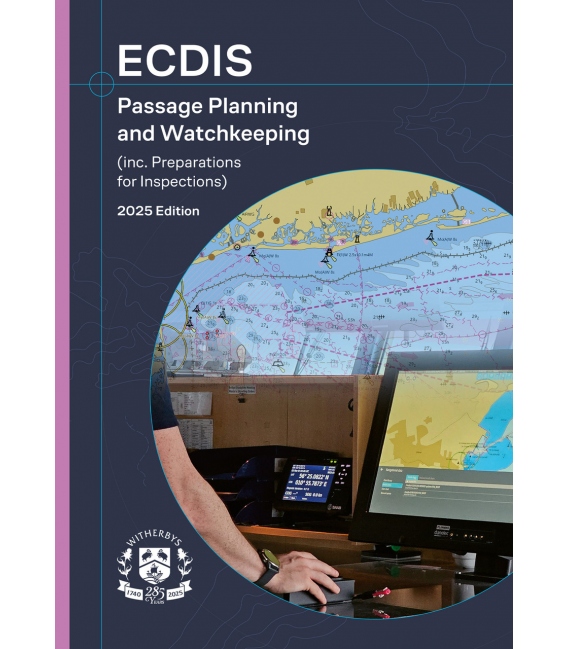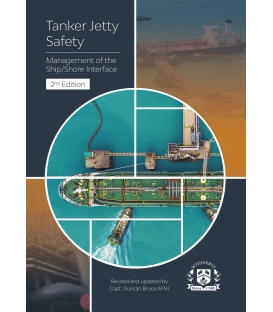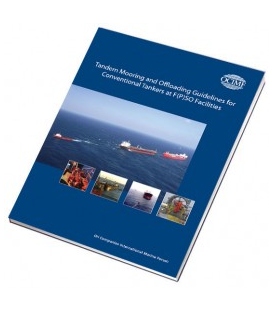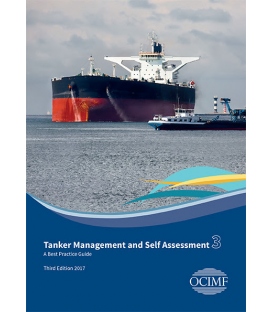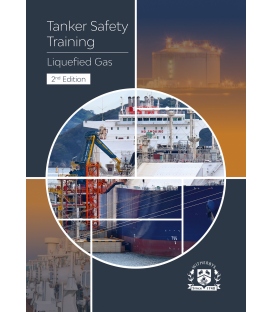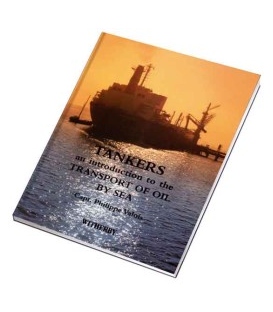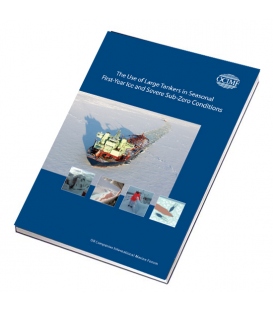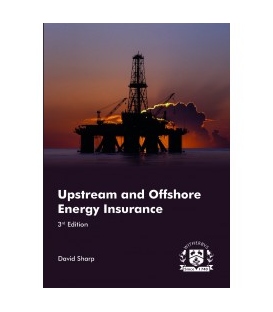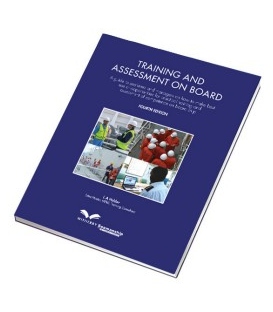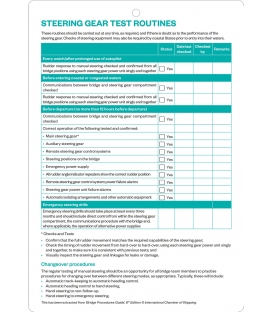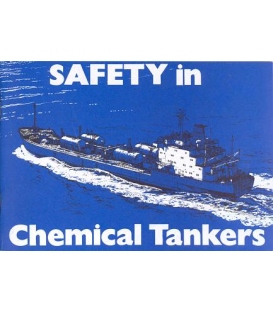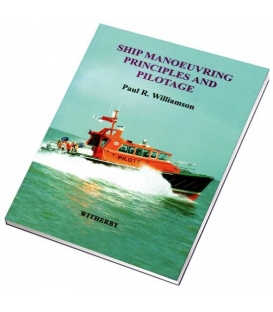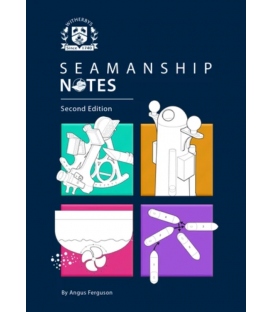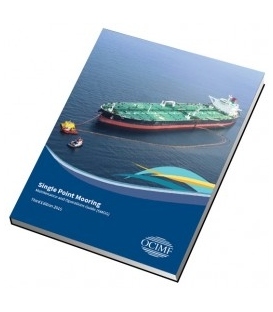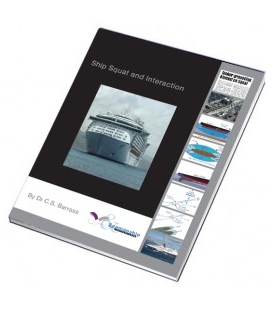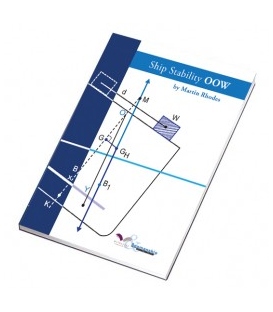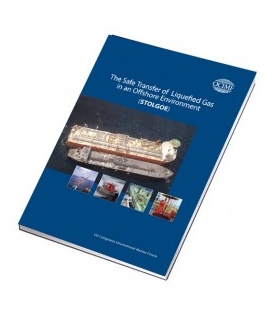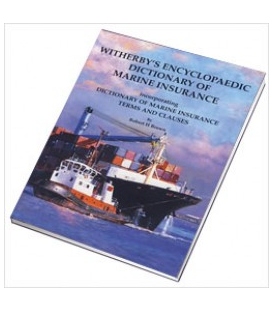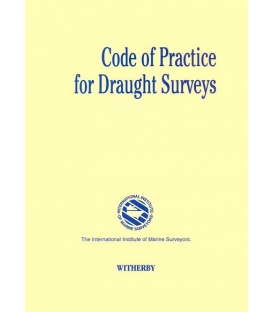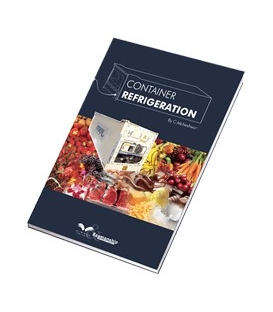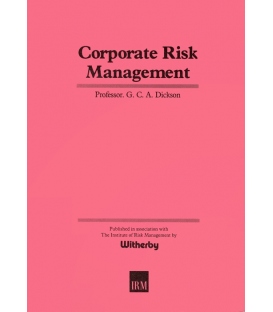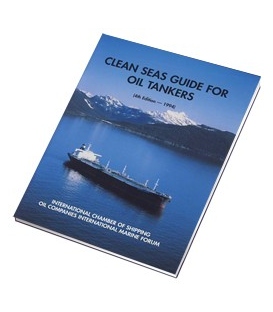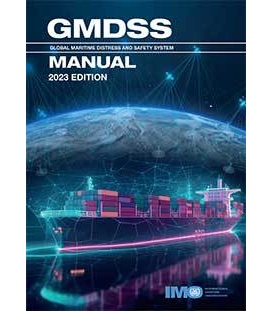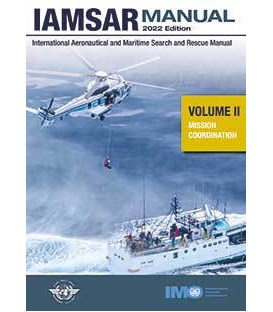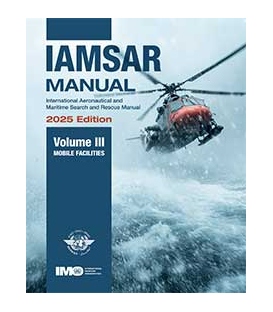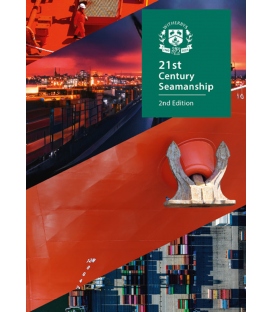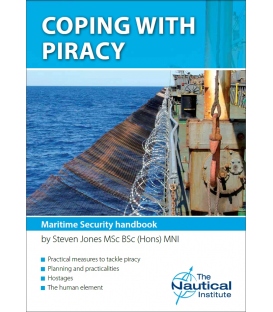- Home
- >
- Nautical Books
- >
- By Publisher
- >
- Witherby Seamanship International
- >
- ECDIS Passage Planning and Watchkeeping, 11th Edition, 2025
Categories
- CLEARANCE
- New Editions
- Nautical Charts
- Nautical Books
- E-Readers & E-Books
- Occupational Safety & Health Administration (OSHA)
- Destinations
- Code of Federal Regulations (CFR)
- USCG Exam Study Materials
- International Maritime Org. (IMO)
- Sealite Aids to Marine Navigation
- Flags
- Digital Charts
- Nautical Software
- Marine Supplies
- Navigation Equipment
- Intracoastal Waterway
- Ocean Cruising
- Great Circle Route
- Gift Shop
- CLEARANCE
- New Editions
- Nautical Charts
- Nautical Books
- E-Readers & E-Books
- Occupational Safety & Health Administration (OSHA)
- Destinations
- Code of Federal Regulations (CFR)
- USCG Exam Study Materials
- International Maritime Org. (IMO)
- Sealite Aids to Marine Navigation
- Flags
- Digital Charts
- Nautical Software
- Marine Supplies
- Navigation Equipment
- Intracoastal Waterway
- Ocean Cruising
- Great Circle Route
- Gift Shop
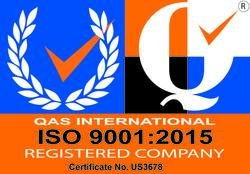

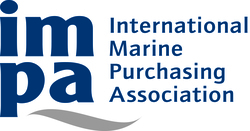
Sign up for our Newsletter
WIEPPAW
New product
ECDIS Passage Planning and Watchkeeping, 11th Edition, 2025
Short Overview
Detailed Overview
The 2025 edition contains expanded content on the Port State Control, Audits and Inspections. The verification checks are split according to ECDIS and Passage Planning verification, with the latter following the APEM structure. Each area of inspection is covered, with guidance included on how to conduct the checks.
Updated ECDIS screenshots, expanded NAVTEX content and illustrations (such as the PSC flowchart) aid the reader's understanding of best practice techniques.
Introduction
An ECDIS operator should:
- Be proficient in setting up the ECDIS, particularly the safety and display settings
- be aware that, while ECDIS may continuously display a 'position', it is important to understand how that position has been derived and how to verify its accuracy. The key to effective ECDIS navigation is 'position verification' of the current global navigation satellite system (GNSS) position. The watchkeeper must regularly verify the GNSS position with lines of position (LOPs) derived from an alternative positioning method.
Practising the use of every function and technique available on the ECDIS is one of the most effective ways a watchkeeper can maintain and develop their navigation skills at sea. Learning how to use each type of ECDIS thoroughly, and mentoring others to do the same, contributes towards safer ship operation and a more effective bridge team.
In November 2021, the UK Supreme Court reaffirmed the decision that a defective passage plan effectively renders the ship legally unseaworthy. In the case in question, a large container ship went aground. The company was held liable for several million dollars when it was determined that the chart had not been properly updated. It was found that the passage plan (appraisal and planning stages) and subsequent navigation outside a buoyed fairway did not reflect a warning given in a Notice to Mariners. The warning stated that the depths shown on the chart outside the fairway were unreliable and that the waters were shallower than those recorded on the chart.
Contents Listing
Abbreviations
ECDIS Passage Planning and Watchkeeping
Introduction
Introduction
Introduction
Introduction
Introduction
Introduction
Annexes
A ECDIS Checklists
ECDIS Operator Familiarisation Checklist
ECDIS Appraisal and Planning Checklist
ECDIS Pre-sailing Checklist
ECDIS Safety Settings Checklist
ECDIS Handover Checklist
ECDIS Failure Checklist
GNSS Failure Checklist
Anchorage Checklist
B IMO: 'ECDIS - Guidance for Good Practice'
Positions, Distances, Directions, Compass
Natural Features
Cultural Features
Landmarks
Ports
Tides, Currents
Depths
Nature of the Seabed
Rocks, Wrecks, Obstructions and Aquaculture
Offshore Installations
Tracks, Routes
Areas, Limits
Lights
Buoys, Beacons
Fog Signals
Radar, Radio, Satellite Navigation Systems
Services
D Display Options
Mandatory - Functions Required by the Performance Standards
Optional Functions
F Objects Associated with the Question Mark Symbol
About the Author
Witherbys titles are developed using scripts developed by technical experts that are peer reviewed within work groups. Typically, they seek to improve understanding of the regulations, recommendations and guidelines issued by Industry.
Witherbys staff have significant expertise in the fields of navigation and hazardous cargoes as well as in the presentation of complex subjects in a graphic and easy to understand manner.
Reviews
30 other products in the same category:
Customers who bought this product also bought:
- About Us
- Our Services
- Ordering & Shipping
- Resource Links
- Blog
- CLEARANCE
- New Editions
- Nautical Charts
- Nautical Books
- E-Readers & E-Books
- Occupational Safety & Health Administration (OSHA)
- Destinations
- Code of Federal Regulations (CFR)
- USCG Exam Study Materials
- International Maritime Org. (IMO)
- Sealite Aids to Marine Navigation
- Flags
- Digital Charts
- Nautical Software
- Marine Supplies
- Navigation Equipment
- Intracoastal Waterway
- Ocean Cruising
- Great Circle Route
- Gift Shop
Maryland Nautical uses cookies to enhance your e-commerce experience. To view more information about our cookie use, click here to view our Privacy Policy.

